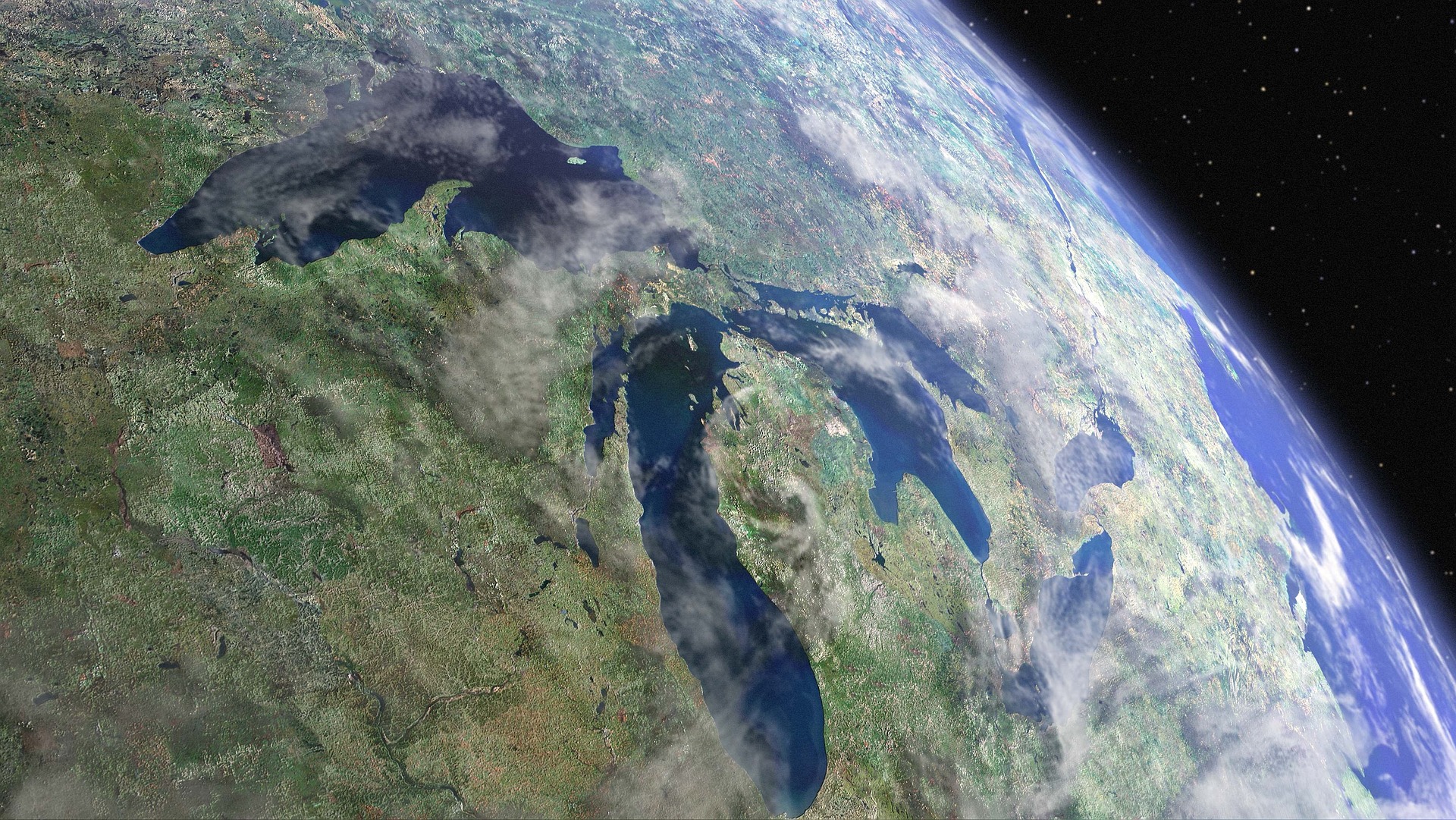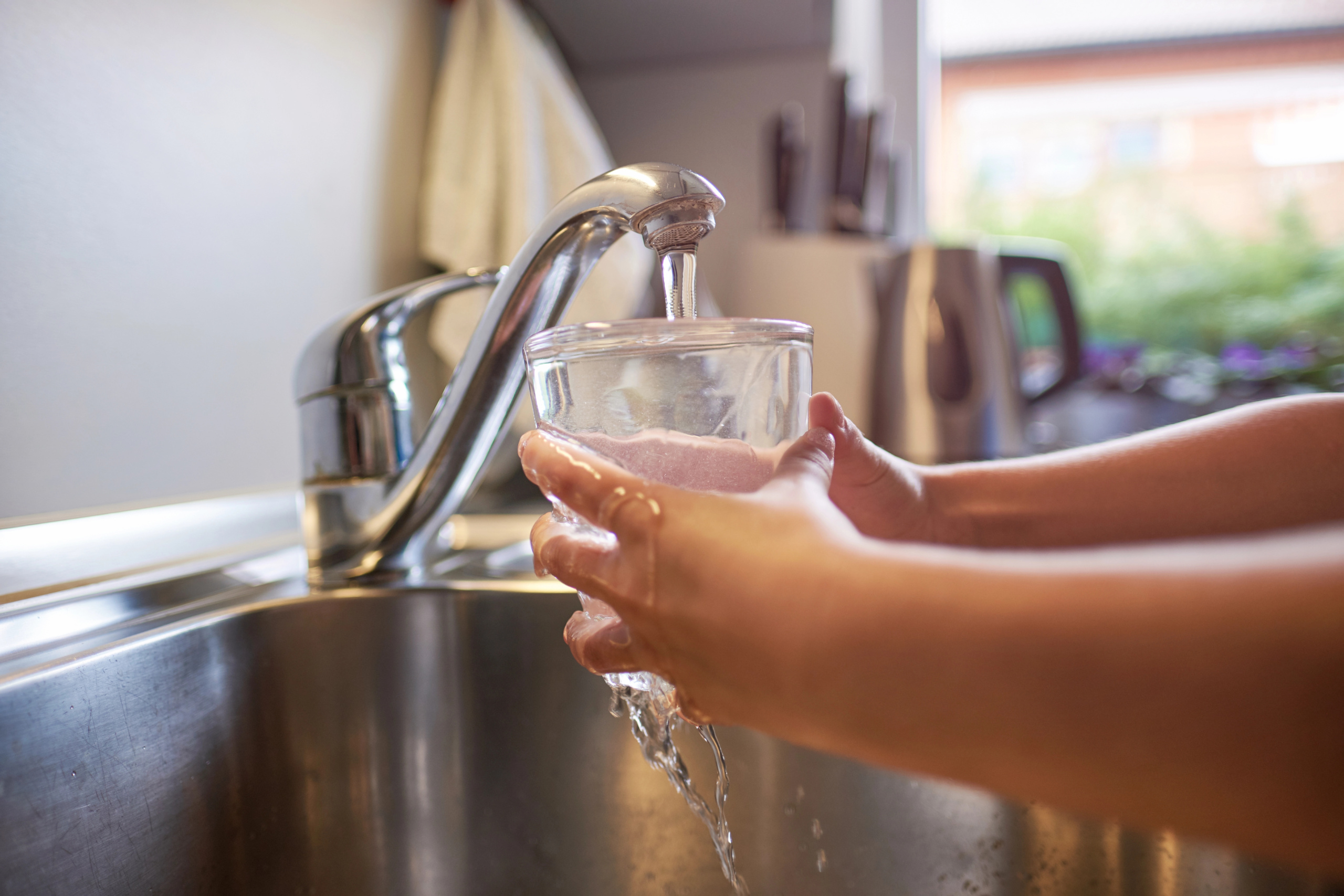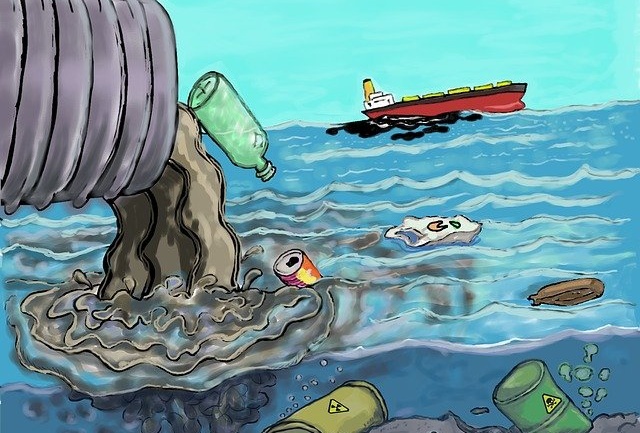By Becky Greiner, Staff Writer for Save the Water™ | March 12, 2014
For the first time this century, the Great Lakes have come very close to completely freezing over. With total ice coverage at 90.5% as of March 2nd, the Lakes have not seen this much ice since 1996. It is not the most extensive ice cover the Lakes have ever seen — 1979 still holds that record with a total ice coverage of 94.7%, but the long-term average of ice coverage on the Lakes is only 51.4%.
We know we are still in for more winter weather and a long melting period once summer hits, but how will more ice affect the people, industries and wildlife that depend on the Great Lakes?
Drinking Water
The Great Lakes provide drinking water for roughly 27 million people. More ice coverage can mean less evaporation, and less evaporation will help maintain water levels and ensure that everyone gets the water they need. Unfortunately, places with ice coverage where there is no snow can yield more algae growth, which can negatively impact the quality of the drinking water. Lake Erie water treatment plants, especially, have seen an increase in this problem.
Industrial Issues
A decrease in water evaporation and higher water levels as a result of the ice coverage can be good for the shipping capacity of the iron ore and cargo freighters. When water levels are favorable, freighters are able to carry cargo at maximum capacity but are forced to lighten their loads if levels are low.
But heavy ice in early spring can delay the start of the shipping season as well as lead to navigational issues and cause boats to become stuck. The flow of water from one lake to another can also be affected by ice jams, leading to flooding upstream and less water for hydropower plants downstream.
Recreation
Solid, extensive ice coverage on the Lakes provides stability for ice fishermen in the winter, and the ice actually helps protect fish eggs from the destruction of wind and waves, contributing positively to the sport and industry of fishing in future months.
As it nears summer and tourists flock to Great Lakes beaches to swim, it’s hard to say when incoming heat will be able to melt the ice and warm the water below. Since each individual lake has its own size, depth and heat storage capability, they each unfreeze and warm at their own rates.
Lake Erie, being the smallest and most shallow, frequently freezes over but also warms rapidly in spring and summer. Lake Superior on the other hand, being the largest and coldest, will take longer.
Marine Life
In addition to fish eggs having good potential to thrive in ice-covered water, the algae bloom can also affect the marine life positively. The very same pest that threatens drinking water also plays a very important part of the food chain — it sustains the lives of the myriad of fish species that contribute to the 4 billion dollar commercial and sport fishing industry every year.
Ice cover on the Great Lakes reaches its maximum point at the end of February and the beginning of March, which leaves just a little bit of time left for those who have been watching the numbers to see if the Great Lakes will, in fact, completely freeze over for the first time this century. With temperatures and snowfall still unyielding, researchers and scientists alike are keeping trained eyes on the water to see just what kind of year it’s going to be for the Great Lakes basin.
References:
United States Environmental Protection Agency, July 5 2012, Great Lakes Geography and Hydrology, https://www.epa.gov/greatlakes – accessed on February 28, 2014.
Great Lakes Environmental Research Laboratory, February 26 2014, Great Lakes Ice Cover, https://noaaglerl.blog/ – accessed on February 28, 2014.
National Oceanic and Atmospheric Association, February 26 2014, Great Lakes Ice Cover Most Extensive Since Mid-90s, https://www.climate.gov/news-features/event-tracker/great-lakes-ice-cover-most-extensive-mid-90s – accessed on February 28, 2014.
Great Lakes Information Network, date unavailable, Water Levels on the Great Lakes, https://www.lre.usace.army.mil/Missions/Great-Lakes-Information/Great-Lakes-Water-Levels/Water-Level-Forecast/Weekly-Great-Lakes-Water-Levels/ – accessed on March 3, 2014.




